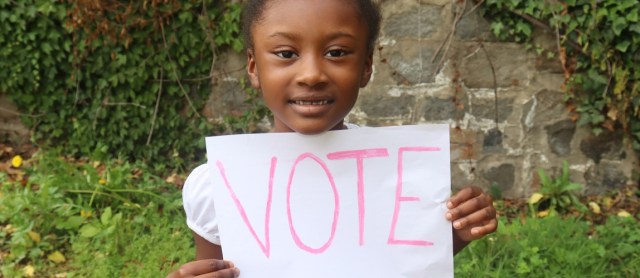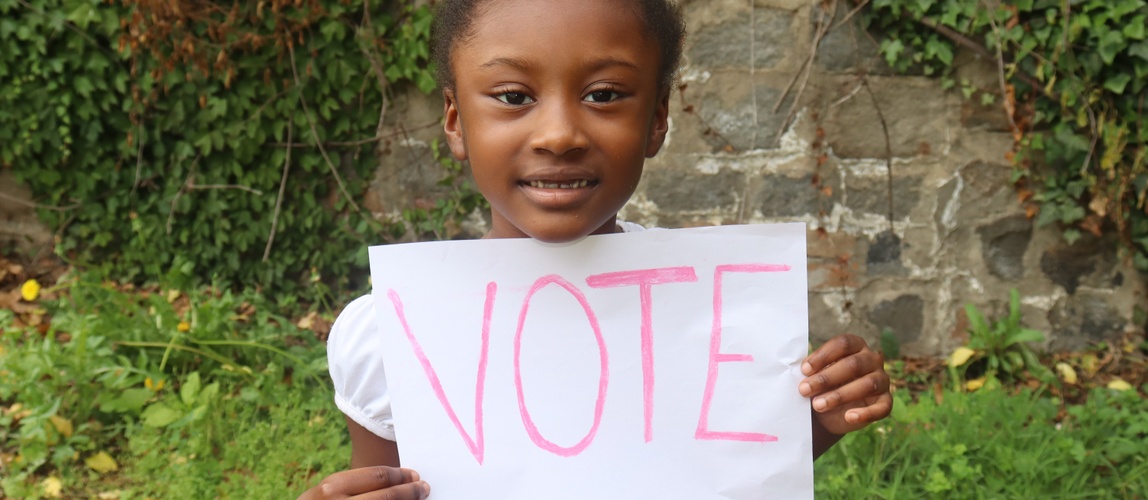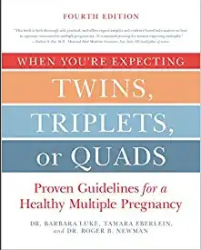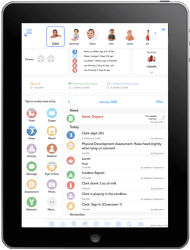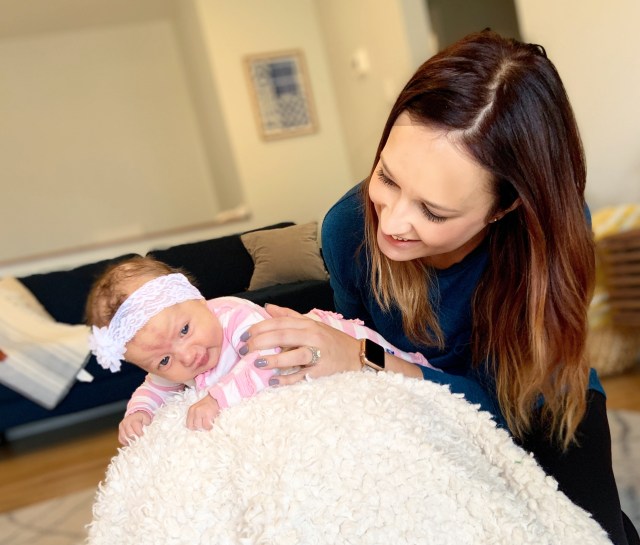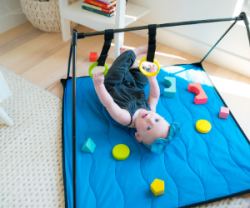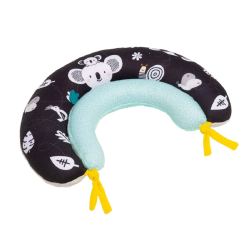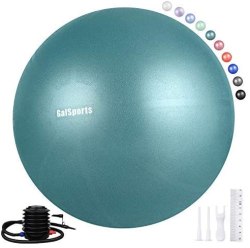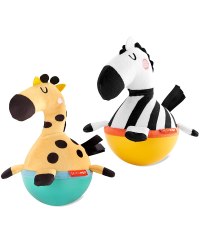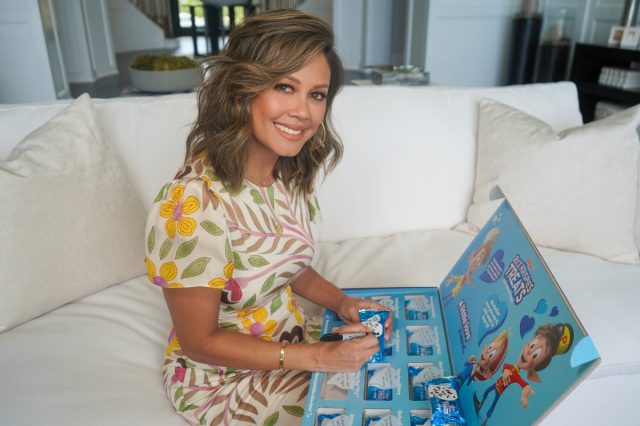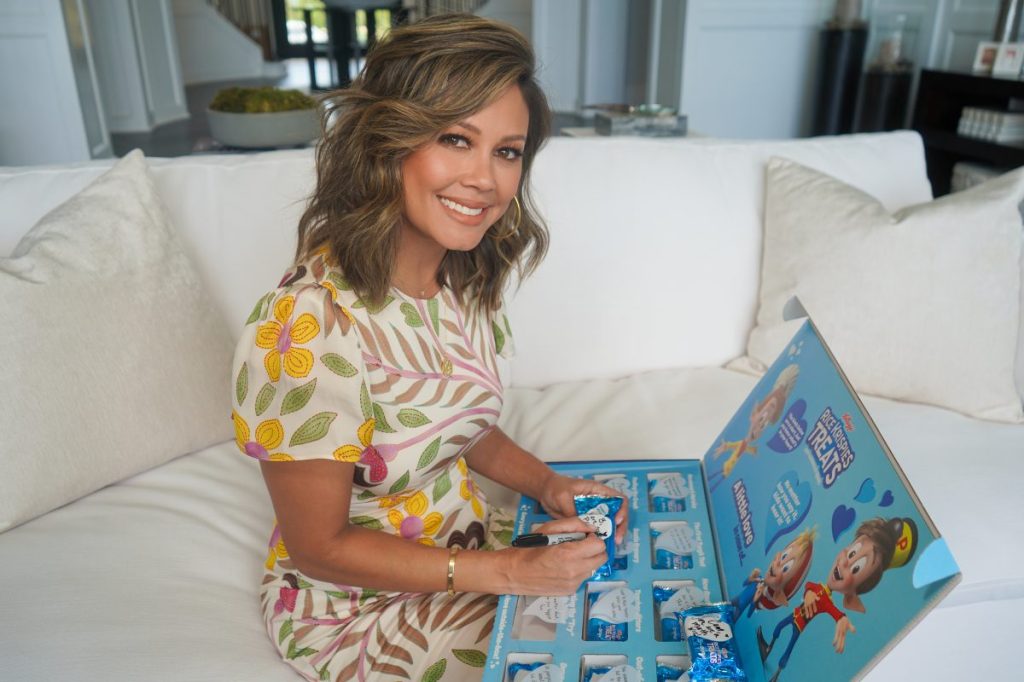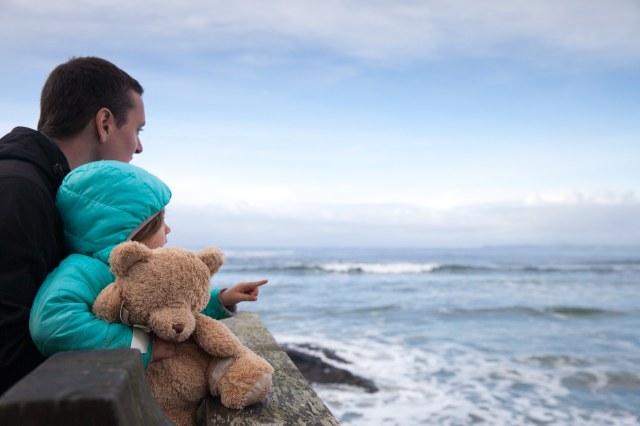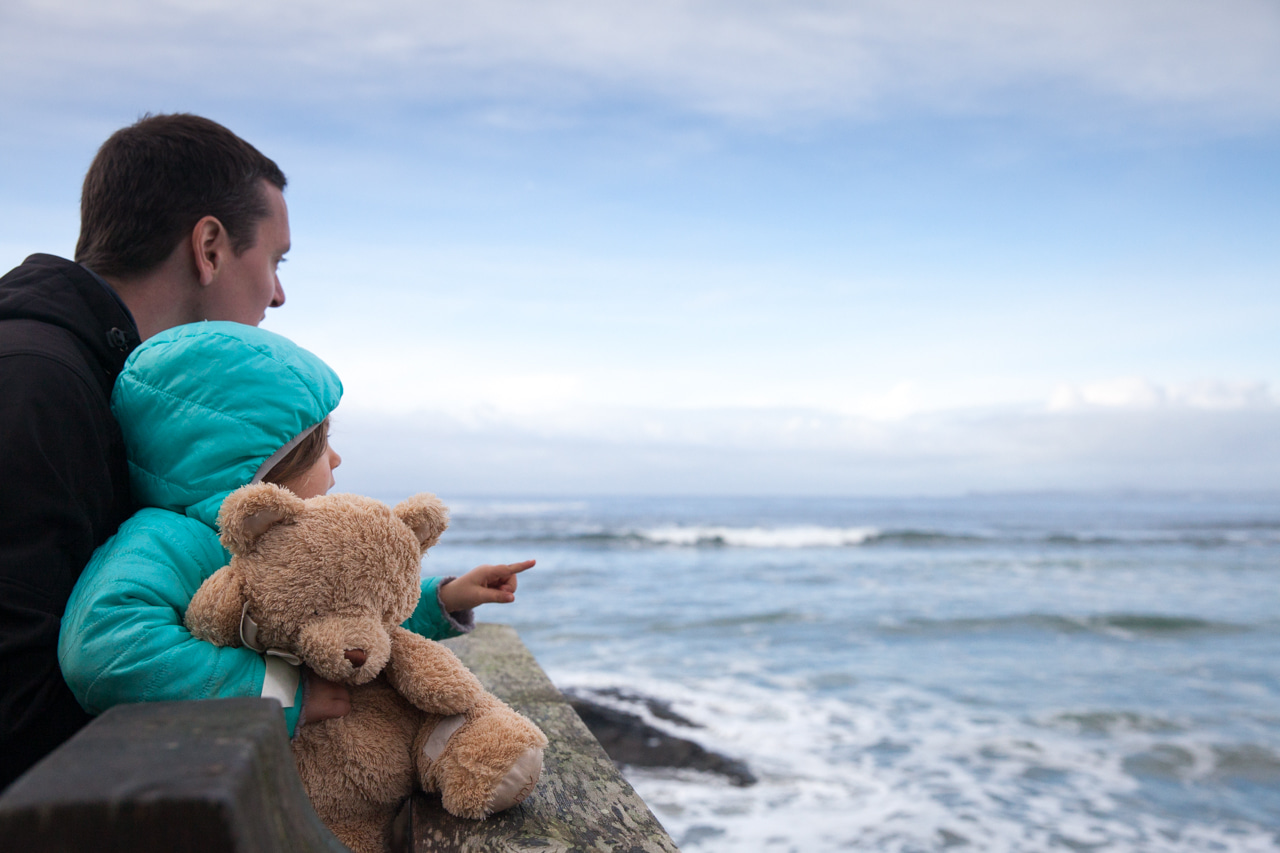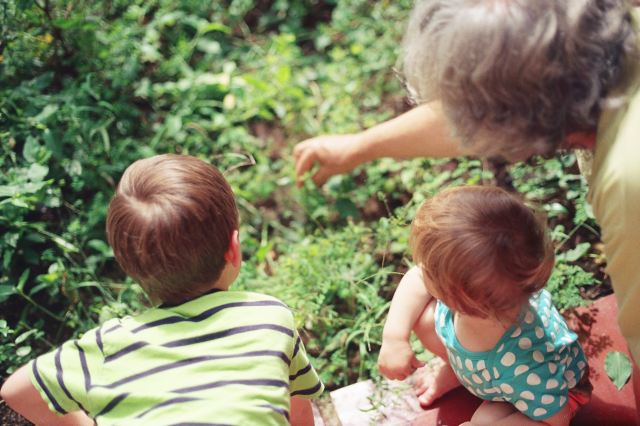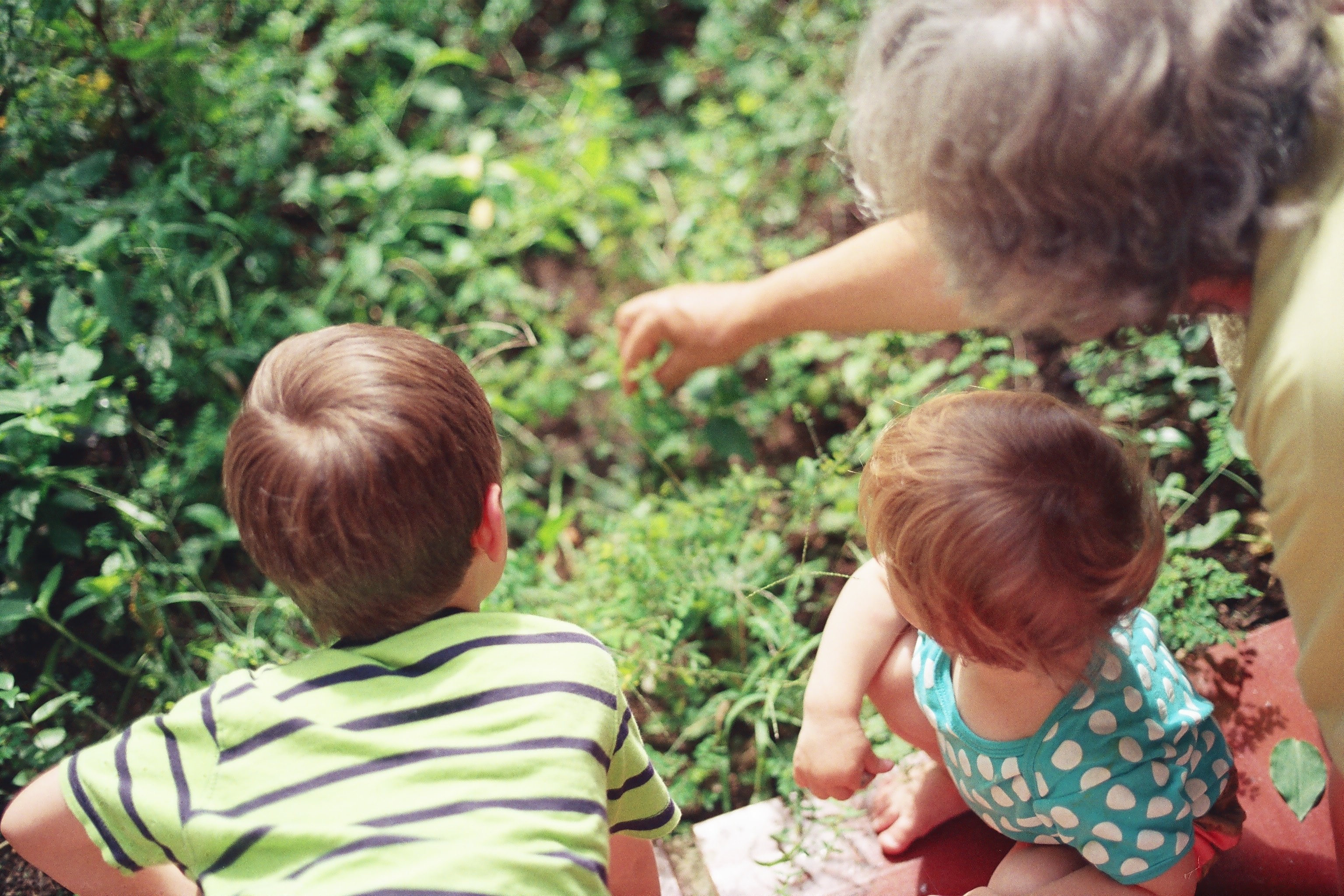
Holidays have always been big in my family. Christmas growing up was always so busy. You see, my parents were divorced, and so I was always on the go; being with one parent Christmas Eve and the other on Christmas Day, while also seeing extended family as we celebrated.
I always dreamed of the day I’d have my own family, and we could sit and enjoy the holiday.
Decorating one tree.
Being in one place for the whole holiday.
Fast forward to now, and my dream Christmas may still never happen. Not because we aren’t together as a whole, but because my son is autistic.
We decorated a tree for the first few years. We wrapped presents. We even got to stay in our home, not having to travel.
But my son has yet to show interest.
Last year we didn’t even put up a tree. We didn’t wrap presents. We simply set up my son’s swing and placed the other toys on the swing for him to see. I really thought it would be the year he showed interest in his presents.
I was wrong.
I even told myself I wasn’t going to bother with a tree this year, either. But while trying to clean out the storage room, and decluttering our living room, my husband brought in the Christmas tree.
He proceeded to set up the tree and plug in the lights only to figure out some of the lights were out. We tried replacing some of them but that didn’t seem to do the trick. So we figured it’s because it’s old, and it was time to buy a new tree.
We then got ready and went to town to grab a bite, and purchase a new tree. All before we had to pick Graham up from school.
After picking Graham up, we headed home to get ready for home therapy and to set up our new tree.
Our plan went south, fast.
As we opened the front door our old tree was still up. Graham stopped; he wouldn’t enter. He finally grabbed my hand, shaking, and proceeded to stay as far away from the tree as possible ‘til we made it to his room.
Our ABA therapist arrived, and we once again tried to head into the living room to attempt playtime.
Nope. He wasn’t having it. He kept pulling us back to his room.
I told my husband to take the tree down—guess we won’t have a tree again. I kind of had a feeling, but still, I was bummed. I was trying not to cry thinking once again my son didn’t care for Christmas. It was going to be just another normal day in our house, so I thought.
A few minutes later, my son was on his break time and entered the kitchen—where my husband had placed the tree and ornaments. He grabbed a few of the ball ornaments and was stimming loudly. We thought, well, do we try putting the tree up again?
So once again my husband dragged the tree and decor into the living room. As he worked to put the tree together our son said, “Wow.”
I couldn’t believe it.
Not thirty minutes prior, he was terrified and wouldn’t enter the house because of the tree.
He just kept watching daddy as he put up the tree, jumping, arms flapping, and screaming. The real kicker is when my husband put Graham’s Lightning McQueen on the tree. Graham wouldn’t leave the tree alone after that. He keeps managing to take off with it without us realizing it. I hear myself saying “Graham, no no” before we have no ornaments on the tree at all!
In a way, I guess you could say my Grinch heart is growing because for once, we have some hope in enjoying Christmas.







